by Charles Davis
The only thing the outside world really knows about Waziristan is that it is dangerous. Since 2004, there have been hundreds of US drone strikes there, which government officials assure are killing dangerous people. But no foreign journalist travels to the most-bombed region of Pakistan to separate dead mother from militant; not even other Pakistanis can travel there without first getting special approval from the government. And so the news that gets out is, “Danger!”; a 20- second story on CNN about “bad people dying over there.”
Waziristan may be the region of the world most reported on by reporters who will never go there. Exempt from Pakistani law, the semi-autonomous north is completely blockaded, and a journalist can only visit the south embedded with the military. What we know is what we are told by government officials who tell us what they want us to know. So we hear of terrorists and “senior Taliban commanders” killed by Hellfire missiles — some even have names and faces — but the the majority of those made deceased by US drones are as anonymous as the people briefing the press on their demise. They don’t have friends or loved ones or basic biographic information: they were bad, probably, and now they are dead.
If the people of Waziristan wish to tell their side of the story, they generally need to leave Waziristan. But disputing official accounts can be dangerous: In 2011, 16-year-old Tariq Khan traveled to Islamabad to brief human rights activists on what life was like in a place where unmanned military aircraft are omnipresent (he reported seeing more than 10 a day). After pledging to go back home and gather evidence proving wrong the official account of the drone war — that only evil people need fear the US president’s unilateral execution orders — he and his 12-year-old cousin were promptly killed in a CIA drone strike.
Still, the people of Waziristan continue to speak out; the issue is that few people have bothered speaking to them. Pakistani-American journalist Madiha Tahir addresses that problem in her new half-hour documentary, Wounds of Waziristan. In the film, which aired on a recent broadcast of Democracy Now!, Tahir does something out of the usual: instead of asking a pasty white panel of Washington-based experts to opine on remote-controlled warfare, she let those living under the constant threat of death by drone speak for themselves. What she learned is that drones don’t just kill. The haunt and terrorize the living — to the point that sometimes those who survive a drone strike begin to wish they hadn’t. Inter Press Service asked Tahir about her experience making the film.
Like most people, including many Pakistanis, you weren’t very familiar with Waziristan before making this film. What do you think most people would find most surprising about the region?
The lives of people in FATA [federally administered tribal areas] are marked by an inordinate amount of violence from several sources: the Pakistani military, militants and American drones. I think what has impressed me is that they endure these conditions with grace and dignity. For all the talk about how tribal Pashtuns fetishize revenge, people I’ve spoken with who’ve lost family members simply want the Pakistani government to do its job and to treat them as citizens. Some of the drone survivors I have spoken with display an incredible amount of perseverance. They persist in seeking restitution through the courts knowing the process could take years and may very well fail.
A major theme in your documentary is that survivors of drone strikes are continually haunted by the dead — and continually reminded of their deaths by the omnipresence of drones in Waziristan’s skies. One young boy recounts that while he barely survived a drone attack that killed both his sister-in-law and baby niece, he doesn’t feel lucky to be alive. Indeed, “Death would have been better than this kind of life,” he tells you. Why would he say that?
When I asked him why he said that, Saddam responded that he was tired of the drone attacks and that he felt ill every time he heard a drone had bombed somewhere. I think this is part of what’s critical to understand about drone attacks: they don’t just kill people. They destroy lives. We, those of us who don’t have to suffer through these bombings, have been so disciplined to think in terms of the numbers dead and whether they were “civilians” or “militants” that I think we miss the broader, deeper and long-lasting effects of drone policy. We miss the fact that deaths resound and echo through the social fabric for long after. We miss the fact the bombing destroys communities. The focus on numbers alone has been successful in narrowing the terms of the debate around drones. I wanted to broaden the discussion.
The US isn’t the first Western nation to bomb Waziristan. As you note, the British did it in the 1920s. Do these campaigns have anything in common?
Yes, there are some things in common. Let me point out a difference first: the historian Priya Satia has observed that for the British creating terror through “air policing” — what it was called then — was considered humane because it would terrorize people into submission and therefore minimize the number of people they’d actually have to kill, or so they reasoned. For the US, that discourse has been replaced by claims about precision, accuracy and surgical strikes.
But, of course, the buzzing of the drones does create terror, particularly among those who have already been attacked or seen an attack. That’s the simplest link. More interestingly, there’s a kind of technophilia that’s part of the British and American effort. It has been part of the fantasy of empire ever since flight became a possibility. It’s the belief that flight — whether by airplanes or drones — can make total control of a territory possible. It’s the idea that flight equals omniscience, that territory is transparent, and that all one needs to do in order to understand it, is to see it by air. The British made that mistake, and the Americans are making it now. They have their heads in the clouds. They have failed to grasp the link between the violence they inflict and the response that they get. The British wrote off rebellions as part of the alleged innate savagery of Pashtuns rather than a reaction to their brutal colonial rule. The US now presumes the right to be the global policeman, to occupy and destroy entire countries, but then wonders “why do they hate us?” This is a question that reflects the utter, willful blindness of American power.
This is not to say that those fighting against the Americans in Afghanistan are simply anti-colonial warriors, because the insurgents have been ruthless to Waziris and Pakistanis more generally. But, at the level of imperial politics, there is a definite link between what the British did and what the US is attempting to do now.
Drones are often cast as the “least-bad” option and certainly preferable to ground operations by either the US or Pakistani military, which would likely kill scores of civilians. Among the people you interviewed, did you encounter any support for drone operations based on that calculation?
Yes, given a series of bad choices — military operations or drones — many people will choose drones. That is because the Pakistani security establishment and the military have been brutal towards Pakistanis in FATA. The security forces attack villages; they kill at random or place sporadic curfews that can stretch into months destroying businesses and livelihoods. They subject people there to daily petty humiliations at, for instance, checkpoints. So, people, understandably and legitimately, have no love for the Army.
The question, however, for the rest of us is why people in FATA, particularly in Waziristan, are forced to choose between these two awful options.
A man you interview in the film poses the question, “What is the definition of terrorism or terrorist?” Could you explain what he and others you spoke to think of those words?
I think much ink has been spilled on these terms, which are fairly ideological, and I find them suspect, particularly when coming from people for whom terrorism expertise has become a career. Karim, who asked me this question, however, is not one of these people. What I found interesting about Karim’s statement, in which he calls Obama and Bush “terrorists,” is that he changes how these terms are often deployed. Usually, when these words are thrown out, they are used to refer to the violence of non-state actors. Waziris, more generally, have been consistently dehumanized not only by the governments of the US and Pakistan but also by western media. They are constantly marked as suspect. So, when Karim calls the heads of the US state, Obama and Bush, “terrorists”, he turns this terrorism talk on its head. He implies that we, as tax-paying, voting citizens are complicit in a chain of terrorism that is the calculated, systematic work of a superpower. He points out the very obvious but little stated fact that this superpower is bombing Waziris while the latter sit in their own homes. He notes that terrorism also comes in the form of advanced-weapons systems. Our technological prowess doesn’t make our violence any more humane. It makes it all the more horrifying.

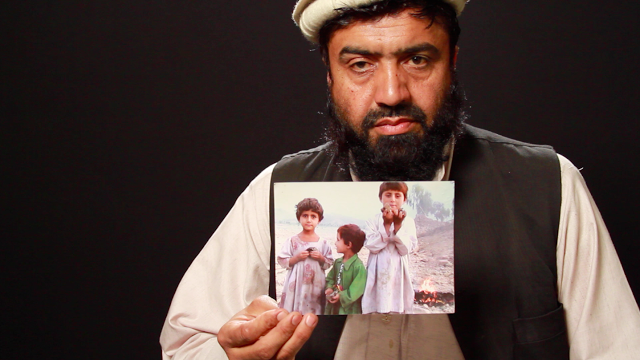
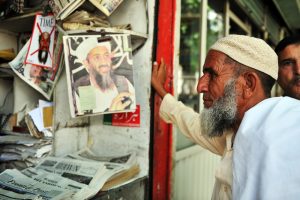
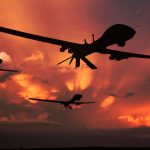
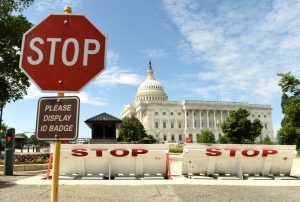
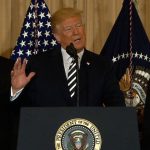
There’s not enough of this sort of reporting that gives the American people a view, which is in conflict with the official P.R. pumped out ad nauseum on a nightly basis. Perhaps we may see the changes taking place as the public are being worn out with so much war, destruction, suffering, while the politicians acquiesce to the lobbyists who produce the money from which corruption fallows, like night after day.
I agree with you, Norman. I wish Lobelog was a regular daily part of “the news”.